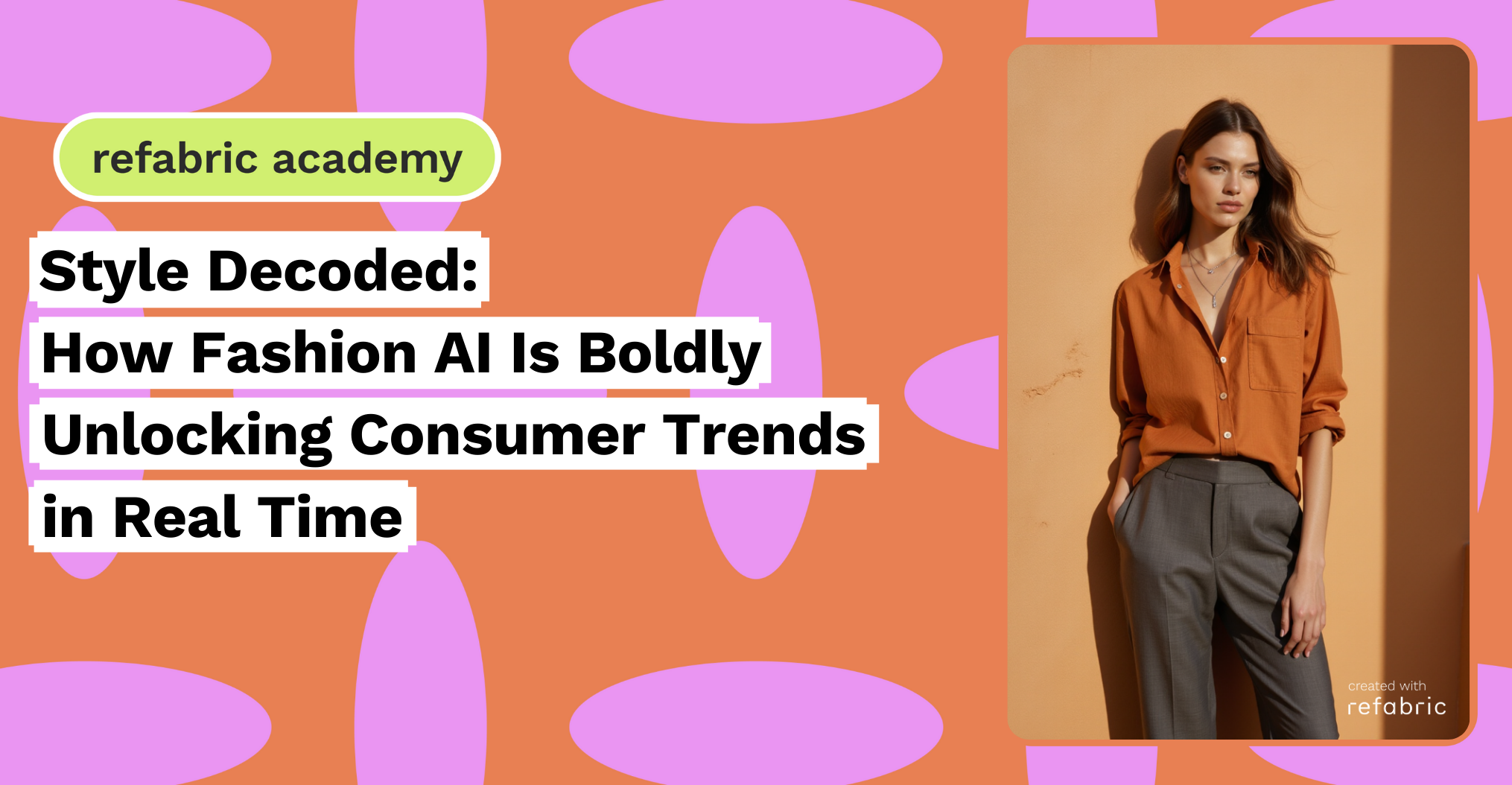Fashion AI is enabling brands to understand consumer preferences faster and more accurately than ever before. With data flowing in from social media, e-commerce platforms, and real-world shopping behavior, artificial intelligence is becoming the go-to tool for decoding what people want to wear, and when. In an industry where timing is everything, fashion AI is allowing brands to respond to shifts in taste almost as quickly as they occur.
Fashion AI and the Age of Instant Insight
Fashion AI leverages natural language processing, image recognition, and sentiment analysis to scan platforms like Instagram, TikTok, Pinterest, and Reddit. It identifies emerging styles, key influencers, and rising hashtags. But more than just spotting what’s visually trending, AI tools can detect how people feel about certain aesthetics. Whether it’s excitement about a new silhouette or fatigue over an overused trend, AI interprets emotional cues and translates them into meaningful insights.
This ability to monitor the cultural pulse gives brands a competitive advantage. Instead of reacting to trends after they’ve peaked, fashion AI helps designers and marketers get ahead of the curve. They can launch styles at just the right moment, increasing relevance and reducing the risk of unsold stock.
Real-Time Retail Feedback
While social media offers a macro view, retail data provides hyper-specific signals. Fashion AI analyzes live data from e-commerce sales, return rates, click-through behavior, and product reviews. These inputs paint a clear picture of which items resonate with customers, and why.
For example, if a particular dress style is selling out in multiple sizes and receiving high satisfaction scores, AI will flag it as a winning trend. It can also note patterns in what customers are returning and provide recommendations for product adjustments. In doing so, fashion AI bridges the gap between creative vision and consumer expectation.
Localized Trend Forecasting
Fashion trends aren’t universal, they vary by region, climate, and cultural context. Fashion AI can segment data by geography to understand what’s popular in Tokyo versus Toronto, or what Gen Z shoppers in Berlin are wearing compared to their counterparts in New York.
This geographic precision allows brands to tailor their collections to regional tastes, leading to better sell-through rates and more targeted marketing. With fashion AI, brands no longer have to guess which global trend will resonate locally, they can know.
Feeding the Creative Process
Beyond business strategy, fashion AI has a growing role in inspiring creativity. Design teams can input trend data into AI platforms to generate design prompts, color suggestions, and fabric ideas aligned with consumer interests. These tools act like digital muses, offering insights that fuel new ideas without stifling originality.
Importantly, fashion AI doesn’t replace intuition, it strengthens it. Designers still lead the process, but with better tools and deeper insight into what will make an impact. This balance of creativity and intelligence is what sets forward-thinking studios apart.
Agile Product Development and Launches
The real-time nature of fashion AI enables brands to act faster, launching products that are both timely and targeted. AI-informed capsule collections, influencer collaborations, and limited drops can be created in response to current demand. This agility reduces waste, increases customer satisfaction, and keeps brands culturally relevant.
Fashion AI also helps brands test new ideas digitally before producing at scale. By simulating demand or gathering early feedback from digital lookbooks, companies can avoid costly missteps and refine their offerings with confidence.
The Future of Trend Intelligence
As fashion AI continues to evolve, we can expect even deeper integration with emerging technologies. From AI-generated digital influencers to real-time mood tracking based on biometric data, the future of trend intelligence is both smart and immersive.
For fashion brands, embracing this intelligence means staying connected to what consumers want, not just in style, but in experience, values, and identity. In this way, fashion AI is not only unlocking trends but also unlocking a deeper understanding of what fashion truly means to the people who wear it.
In a world of constant change, fashion AI offers clarity. It decodes the noise, highlights what matters, and helps brands design with both precision and heart.
